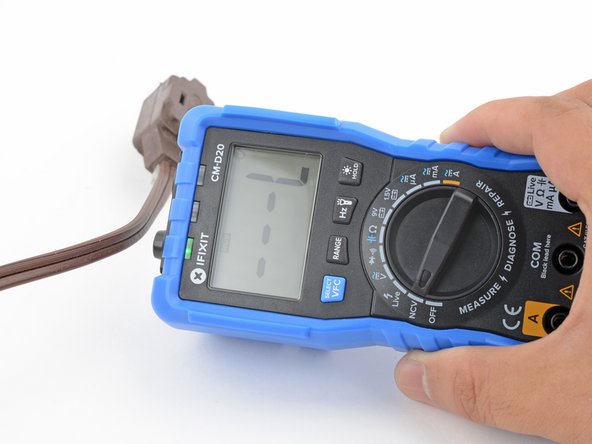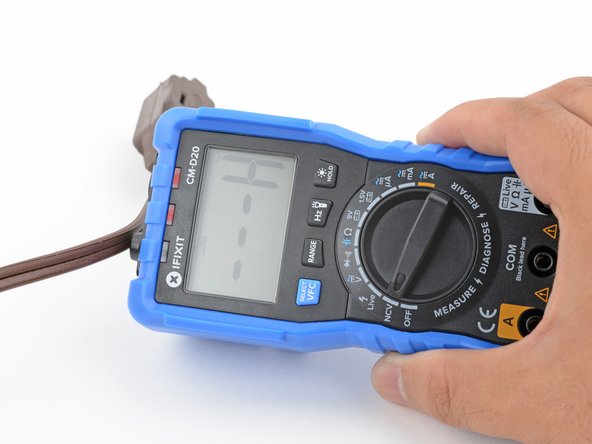crwdns2935425:016crwdne2935425:0
crwdns2931653:016crwdne2931653:0






How to use the Non-Contact Voltage detector
-
Move the NCV sensor so that it's close to the wire or circuit. If there's live AC, the multimeter will begin beeping and the top indicator LEDs will light up.
crwdns2944171:0crwdnd2944171:0crwdnd2944171:0crwdnd2944171:0crwdne2944171:0